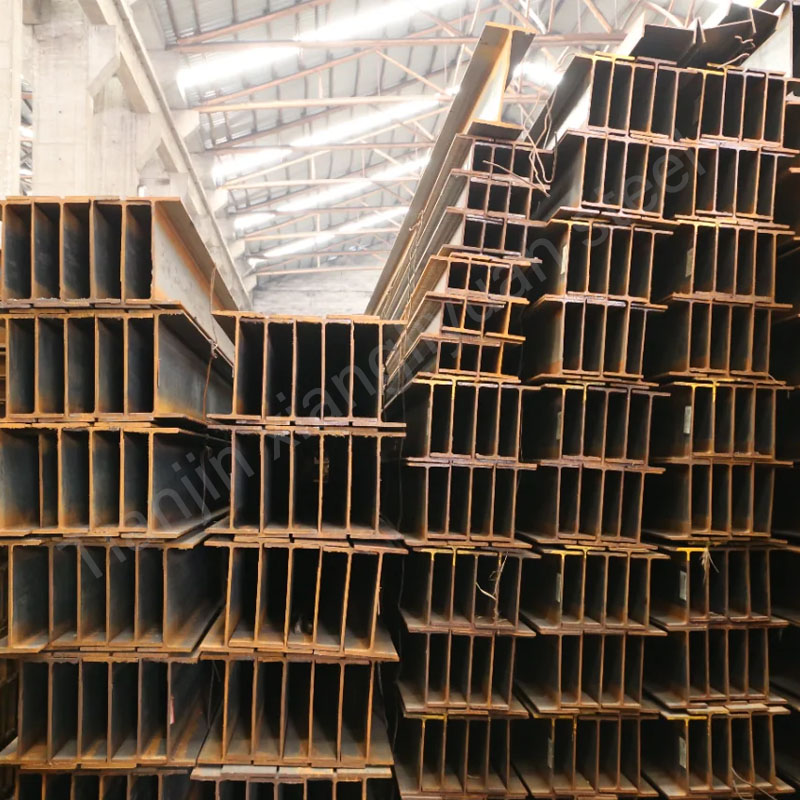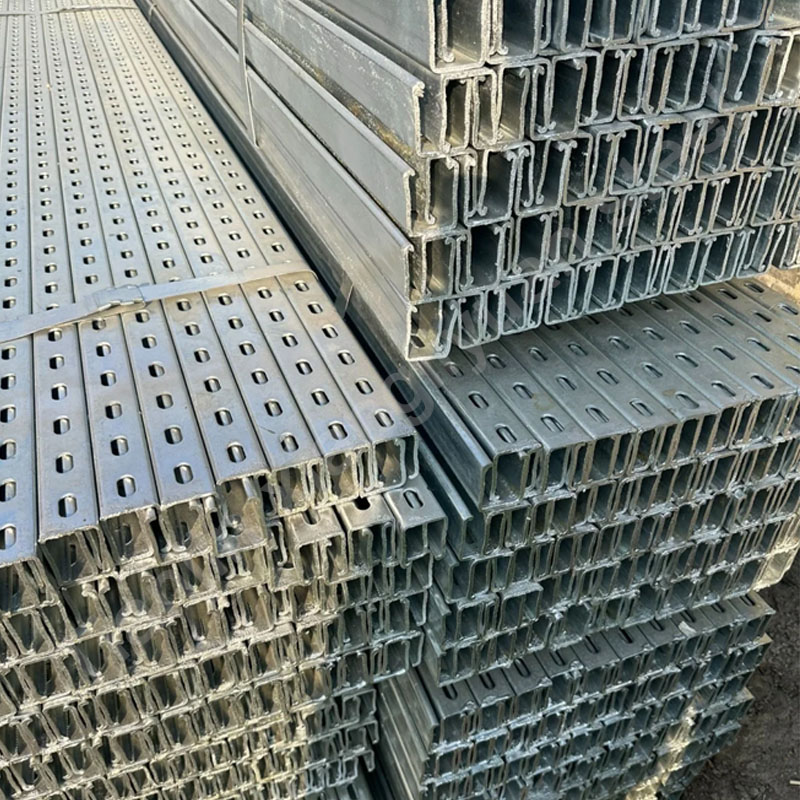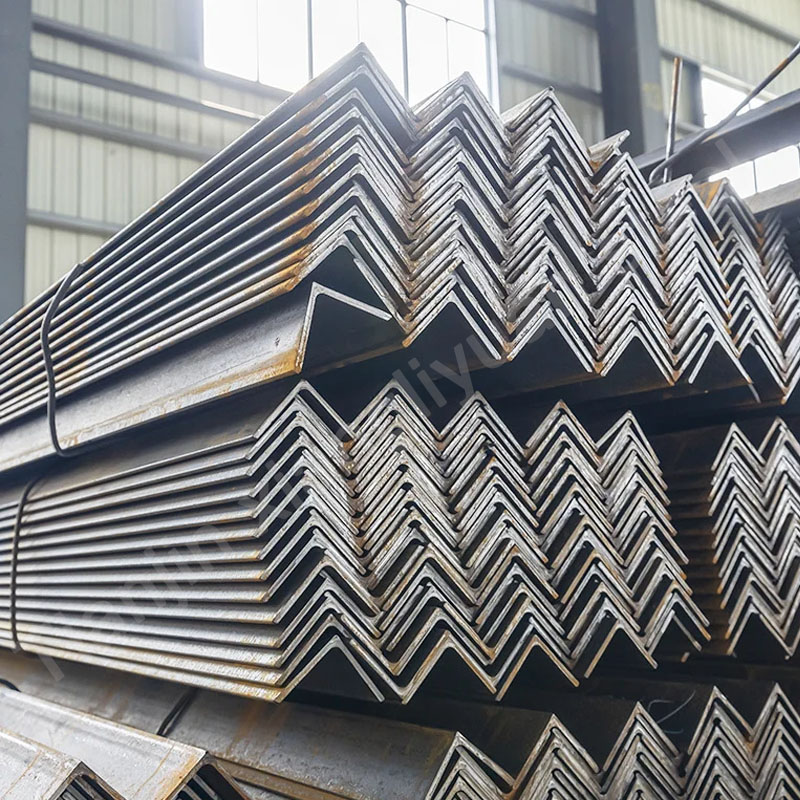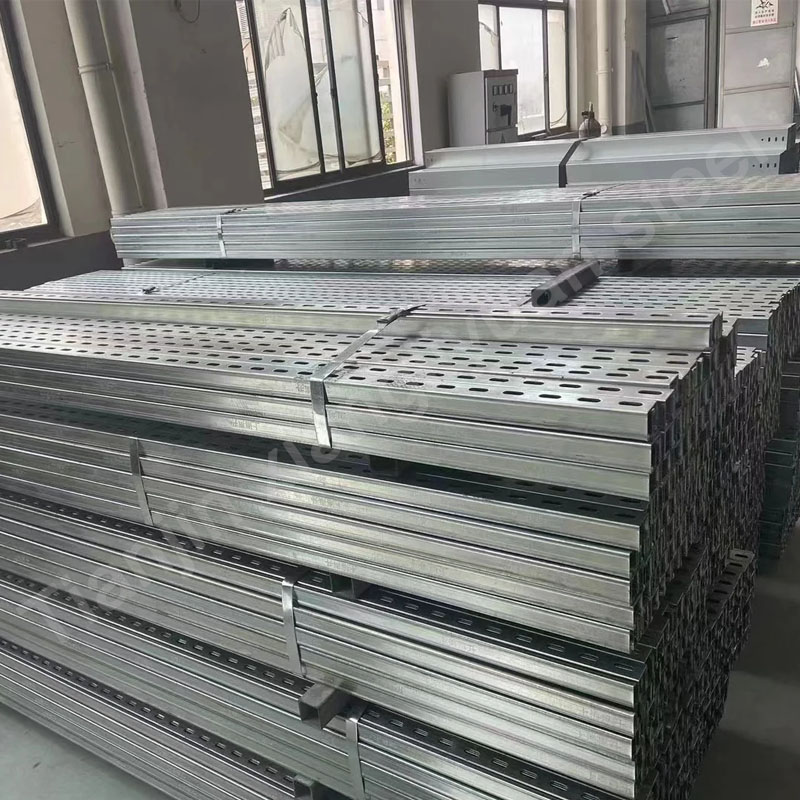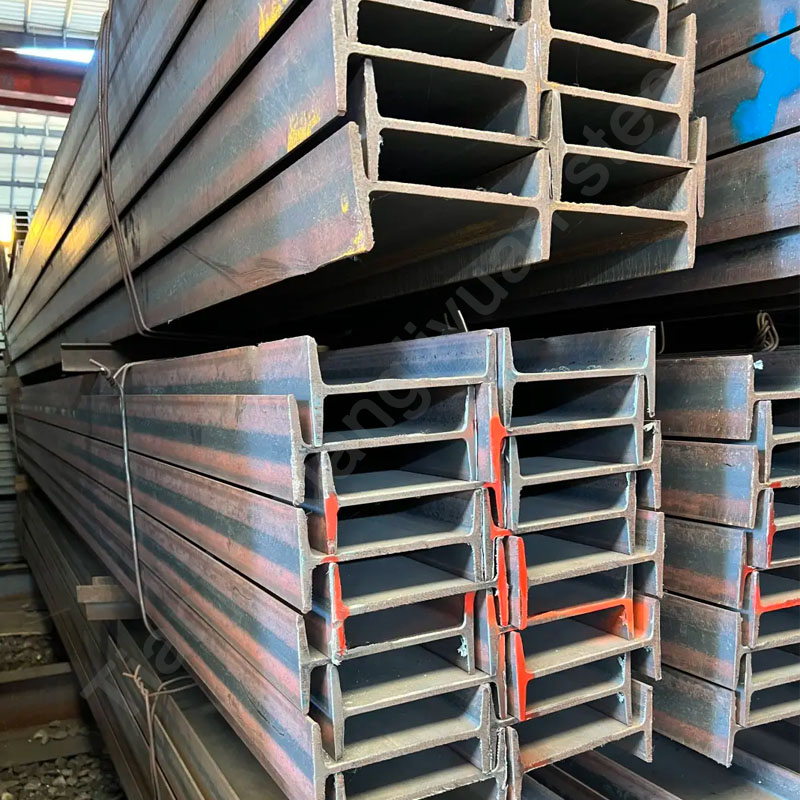Introduction to H Beams and I Beams
H beams and I beams, also known as H-shaped steel and I-shaped steel, are fundamental structural components widely used in construction, infrastructure, and industrial projects. These steel beams are engineered to provide exceptional load-bearing capacity, bending resistance, and stability, making them indispensable in frameworks for buildings, bridges, warehouses, and machinery. While both share a similar “I” or “H” cross-sectional profile, their design nuances and performance characteristics cater to distinct applications.
This article provides an in-depth comparison of H beams vs. I beams, covering their material grades, classifications, international standards, dimensional specifications, and use cases. Whether you’re an architect, contractor, or engineer, understanding these differences will help you select the right beam for your project’s structural requirements.
Key Differences Between H Beams and I Beams
Though visually similar, H beams and I beams differ significantly in geometry and functionality:
| Feature | H Beam | I Beam |
|---|---|---|
| Flange Width | Wider, parallel flanges. | Narrower, tapered flanges. |
| Web Thickness | Thicker web for higher strength. | Thinner web, optimized for bending. |
| Weight Distribution | Evenly distributed, heavier. | Lighter, concentrated at the center. |
| Load Capacity | Higher axial and lateral strength. | Superior resistance to bending. |
| Common Applications | Heavy frames, columns, bridges. | Floor joists, residential buildings. |
Materials and Steel Grades
Both H beams and I beams are manufactured from structural steel, with grades tailored to meet strength, weldability, and corrosion resistance requirements.
1. Common Steel Grades
ASTM Standards (USA):
ASTM A36: General-purpose carbon steel for beams.
ASTM A572 Gr. 50: High-strength low-alloy (HSLA) steel for heavy loads.
ASTM A992: Preferred for structural framing due to enhanced yield strength.
EN Standards (Europe):
EN 10025 S235/S355: Non-alloy structural steels for construction.
EN 10210 S275J0H/S355J2H: Hot-finished hollow sections.
JIS Standards (Japan):
JIS G3101 SS400: General structural rolled steel.
JIS G3106 SM490: High-tensile strength steel.
GB Standards (China):
GB/T 11263 Q235B/Q345B: Standard carbon and low-alloy steels.
2. Specialty Grades
Weathering Steel: ASTM A588 for corrosion-resistant outdoor use.
Fire-Resistant Steel: EN 10025-FR for high-temperature environments.
Classification of H Beams and I Beams
Beams are categorized based on profile dimensions, manufacturing methods, and application-specific designs.
1. H Beam Types
Wide Flange (WF): Broad flanges for columns and heavy supports.
Standard (HP): Square flanges for pile foundations.
Slender (HL): Thin webs for lightweight frameworks.
2. I Beam Types
Standard (S-Beam): Classic I-shape for moderate spans.
Lightweight (I-Beam): Reduced weight for residential projects.
Composite Beams: Combined with concrete for hybrid structures.
International Standards for H Beams and I Beams
Global standards ensure consistency in dimensions, tolerances, and mechanical properties:
| Standard | Region | Key Specifications |
|---|---|---|
| ASTM A6/A6M | USA | Dimensional tolerances for structural shapes. |
| EN 10034 | Europe | Tolerances for H and I sections. |
| JIS G3192 | Japan | Dimensions and weights of hot-rolled sections. |
| GB/T 11263 | China | Technical requirements for H and I beams. |
| AS/NZS 3679.1 | Australia | Structural steel hollow sections. |
Standard Dimensions and Specifications
H beams and I beams are available in standardized sizes to suit diverse structural needs:
H Beam Sizes
| Designation | Depth (mm) | Flange Width (mm) | Weight (kg/m) |
|---|---|---|---|
| H100x100 | 100 | 100 | 16.9 |
| H200x200 | 200 | 200 | 49.9 |
| H400x400 | 400 | 400 | 172 |
I Beam Sizes
| Designation | Depth (mm) | Flange Width (mm) | Weight (kg/m) |
|---|---|---|---|
| I100x55 | 100 | 55 | 8.1 |
| I200x100 | 200 | 100 | 21.0 |
| I360x170 | 360 | 170 | 57.3 |
Common Lengths: 6m to 18m (customizable).
Applications of H Beams and I Beams
H Beam Uses
High-Rise Buildings: Vertical columns and load-bearing frames.
Bridges: Main girders for long-span support.
Industrial Plants: Heavy machinery platforms.
Warehouses: Wide-span roofing systems.
I Beam Uses
Residential Construction: Floor joists and roof rafters.
Railroad Tracks: Support for rail beds.
Automotive: Chassis and trailer frames.
Conveyor Systems: Framework in manufacturing facilities.
How to Choose Between H Beams and I Beams
Load Type:
Use H beams for heavy vertical loads (e.g., columns).
Use I beams for horizontal bending (e.g., floor joists).
Span Length:
H beams are ideal for long spans due to their rigidity.
I beams are cost-effective for shorter spans.
Budget:
I beams are lighter and cheaper for standard projects.
H beams offer higher durability for critical infrastructure.
Why Opt for Certified H Beams and I Beams?
Structural Integrity: Compliance with ASTM, EN, or JIS ensures safety.
Corrosion Protection: Galvanized or painted coatings extend lifespan.
Custom Fabrication: Tailored cuts, holes, and welding prep for complex designs.
H beams and I beams are pillars of modern structural engineering, each excelling in specific roles. H beams, with their robust wide-flange design, are ideal for vertical load-bearing systems, while I beams optimize weight distribution for horizontal applications. By selecting the right material (e.g., ASTM A572 or EN S355), adhering to international standards, and understanding dimensional requirements, engineers can ensure the success of projects ranging from skyscrapers to residential homes.
For businesses seeking high-quality H-beams and I-beams, working with a certified supplier ensures compliance with global specifications. Explore Tianjin Xiangliyuan Steel’s custom-made structural steel beams for construction, infrastructure, and industrial needs.

